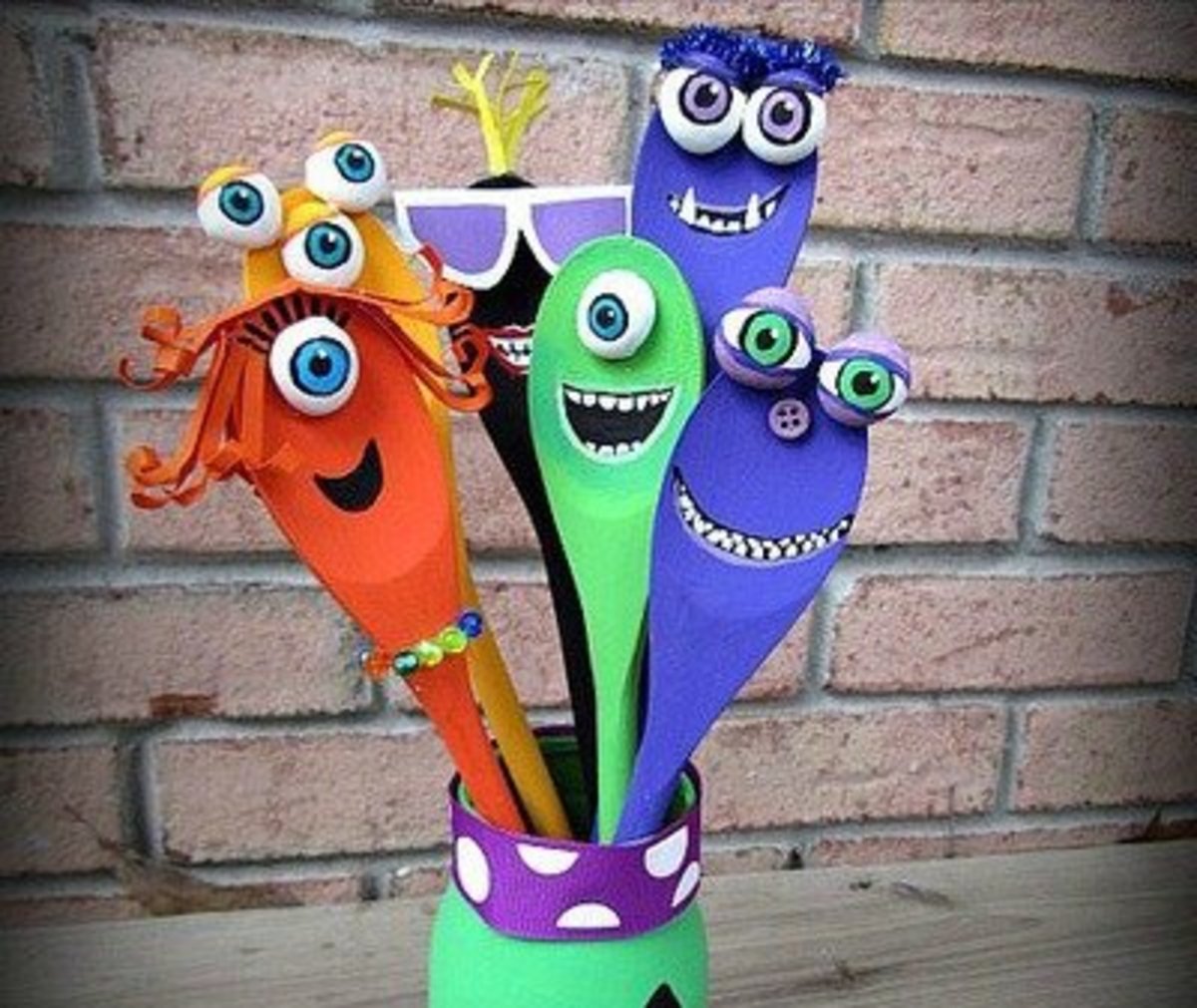Welcome to a world where culinary tradition meets artistic expression! Decorated wooden spoons are not just kitchen tools; they are pieces of art that bring warmth and charm to any home. In this guide, we’ll explore everything from crafting techniques to styling ideas for these versatile utensils. Whether you’re a seasoned DIY enthusiast or just starting, there’s something here for everyone!
What Are Decorated Wooden Spoons?
Decorated wooden spoons are handcrafted kitchen utensils that feature artistic designs, colors, and embellishments. They can be made from various types of wood and often incorporate unique elements such as carvings, paintings, or pyrography. These spoons can serve functional purposes or simply act as beautiful décor elements in your kitchen.
History of Wooden Spoons
Wooden spoons have a rich history that dates back thousands of years. They have been used in various cultures for cooking, serving, and eating. The tradition of decorating wooden spoons can be traced to practices around the world, from Scandinavian folk art to Polynesian carvings.
Benefits of Using Wooden Spoons
Using wooden spoons comes with numerous advantages:
- Gentle on Cookware: Wooden spoons won’t scratch your pots and pans.
- Non-reactive: They don’t react with acidic ingredients.
- Durable: With proper care, they can last a lifetime.
- Natural Insulator: They don’t conduct heat, making them safe to use in hot dishes.
Decorating Wooden Spoons: Techniques and Ideas
1. Painting
One of the easiest and most popular methods of decorating wooden spoons is painting. You can use acrylic paints for vibrant colors and designs. Here are some tips for painting wooden spoons:
- Sand the spoon lightly to create a smooth surface.
- Use a base coat of white or light-colored paint for better color visibility.
- Seal the painted spoon with a food-safe finish.
2. Carving
Carving adds a unique, personalized touch to wooden spoons. You can use tools like chisels or whittling knives. Follow these steps:
- Sketch your design on the spoon.
- Carve carefully to avoid splitting the wood.
- Finish with sanding and a food-safe oil.

3. Pyrography
Pyrography involves burning designs into the wood. This technique creates beautiful and intricate patterns. For best results, you should:
- Use a quality pyrography tool.
- Choose a softwood for easier burning.
- Practice on scrap pieces before working on your spoon.
4. Decoupage
Decoupage involves gluing decorative paper onto the spoon and sealing it with varnish. This method allows for the incorporation of various patterns and images. Consider these steps:
- Choose your paper designs.
- Cut the paper to fit your spoon.
- Apply a decoupage medium and finish with a sealant.

Choosing the Right Wood for Your Spoons
Not all types of wood are created equal when it comes to crafting spoons. Here’s a comparison of the most commonly used woods:
| Type of Wood | Characteristics | Best For |
|---|---|---|
| Beech | Hard, durable, and has a fine grain. | General cooking utensils. |
| Bamboo | Lightweight, sustainable, and resistant to moisture. | Eco-friendly cooking tools. |
| Maple | Strong, dense, and has a beautiful grain. | High-quality spoons. |
| Cherry | Rich color that darkens with age; durable. | Decorative spoons. |
| Walnut | Dark, attractive wood; easy to carve. | Artistic designs. |
Using and Caring for Your Decorated Wooden Spoons
To ensure your wooden spoons last, follow these care tips:
Cleaning
Never soak wooden spoons in water. Wipe them with a damp cloth immediately after use and wash them with mild soap.

Drying
Always let them air-dry completely. Avoid exposing them to direct sunlight as it can warp the wood.
Oiling
Periodically, apply a food-safe mineral oil or beeswax to maintain their finish and prevent cracking.

Decorated Wooden Spoons as Gifts
Handmade gifts always carry a personal touch, and decorated wooden spoons make an excellent choice. Here are some ideas for gifting:
- Personalized Spoons: Add names or special dates to make them unique.
- Set of Spoons: Combine various designs for a beautiful set.
- Cooking Kits: Pair with a recipe book or homemade jams.
Incorporating Wooden Spoons into Home Decor
Decorated wooden spoons can also elevate your home decor. Here are a few ideas:
Kitchen Displays
Hang them on walls or display them in jars. Their beauty can enhance the rustic charm of your kitchen.

Table Centerpieces
Use decorated spoons as part of a centerpiece for dining tables, especially during gatherings.
Gift Baskets
Add them to gift baskets filled with spices, oils, or homemade goods for a personal touch.

Pros and Cons of Using Decorated Wooden Spoons
Pros
- Unique and customizable.
- Eco-friendly option compared to plastic utensils.
- Brings charm and character to your kitchen.
- Functional and artistic.
Cons
- Requires proper care to maintain durability.
- Can be more expensive than mass-produced utensils.
- May stain or absorb odors if not sealed properly.
- Availability may vary depending on local artisans.

Frequently Asked Questions (FAQs)
What are the best paints for decorating wooden spoons?
Acrylic paints are generally recommended due to their vibrant colors and quick drying time. Make sure to seal them with a food-safe finish afterward.
Can I use decorated wooden spoons for cooking?
Yes, as long as the decorations are non-toxic and the spoon is properly sealed, they are safe to use for cooking.
How do I prevent my wooden spoons from cracking?
Regularly oiling your wooden spoons and avoiding soaking them in water will help prevent cracking.
Are wooden spoons more environmentally friendly than plastic ones?
Yes, wooden spoons are typically more eco-friendly as they are biodegradable and can be sourced sustainably.
Where can I buy decorated wooden spoons?
You can find them at local craft fairs, artisanal markets, or online on platforms like Etsy. Alternatively, you can make your own!